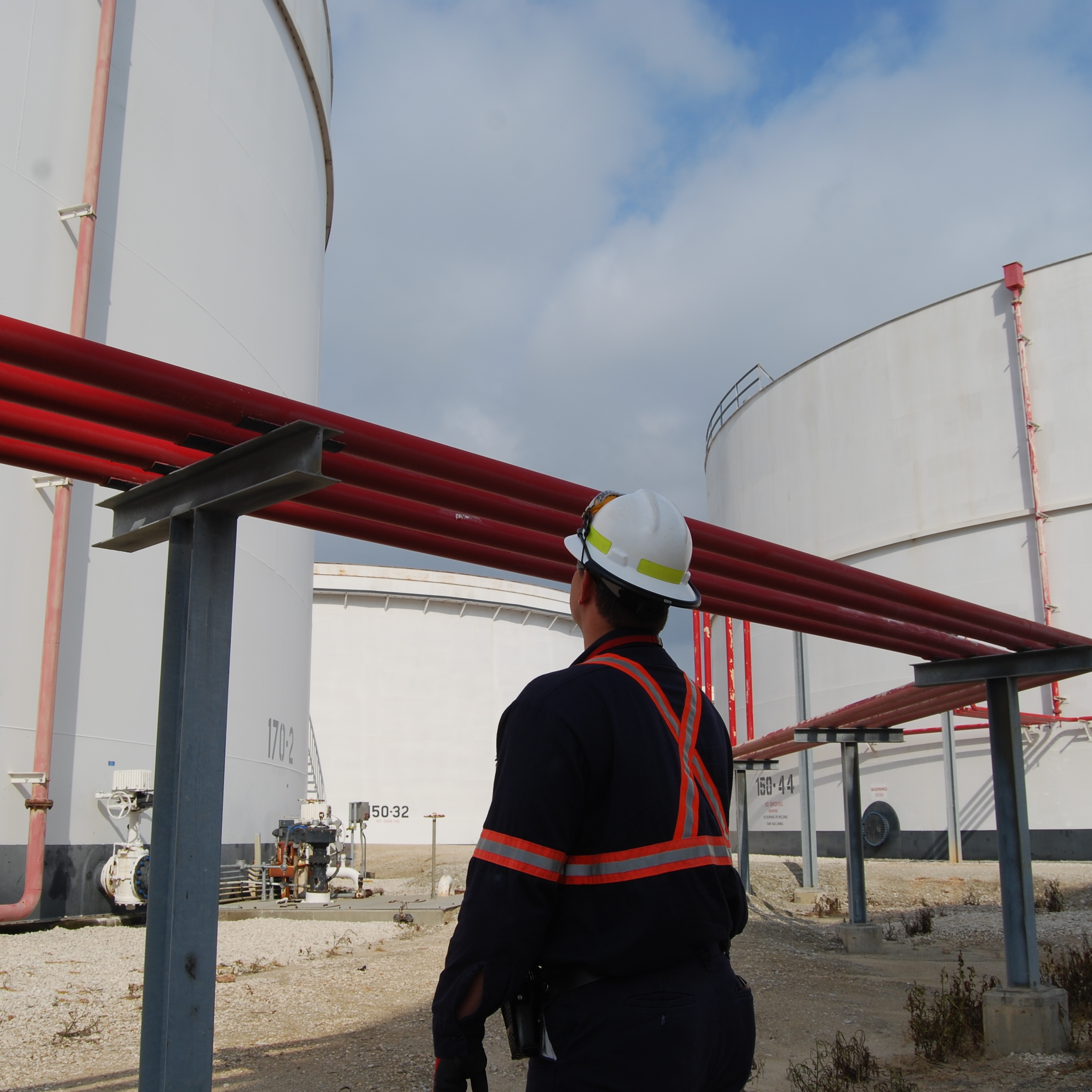Energy
Why Warren Buffett Bought Kinder Morgan Over Other Infrastructure and MLPs

Published:
Last Updated:

Warren Buffett is considered one of the greatest investors of all time. Becoming the world’s richest man can do that. So, how does the investing class react when they see that Buffett is still making bets in the oil and gas sector at a time when the sector has cratered?
In the latest Buffett holdings, as of the end of 2015, it was more than just a little bit of a surprise to see that Berkshire Hathaway Inc. (NYSE: BRK-A) now held a large stake in Kinder Morgan Inc. (NYSE: KMI). It was already known that Buffett has been accumulating shares of Phillips 66 (NYSE: PSX).
One thing Buffett is thinking about here is very evident. He says to be fearful when others are greedy and to get greedy when others are fearful. Buffett’s long-term view allows him to not care about the next three or six months. He can always buy more shares at lower prices if his thesis for owning a stock hasn’t changed after the stock drops.
In the case of Kinder Morgan, Buffett is simply adding on top of his Phillips 66 bet for the infrastructure side of the oil and gas business. That means an implied low exposure to actual oil prices, while still getting exposure to the energy business. It also matters for master limited partnerships (MLPs), in a matter of speaking.
Size still matters, but so do other considerations. Kinder Morgan’s market cap is now about $38 billion. That makes it larger than a combined Williams and Energy Transfer Equity, with their market caps being $11.4 billion and $6.7 billion, respectively.
What may be driving the cart here is not the deal-making that Richard Kinder has continued with despite the drop in energy prices. Buffett likely doesn’t even care that Kinder Morgan’s dividend has been cut handily. What may help here is that Kinder Morgan is no longer an MLP. Enterprise is an MLP. And the Energy Transfer Equity and Williams merger is rather complex, and there are questions now about whether that deal actually can close.
By going with the clean corporation structure of Kinder Morgan, it would seem that Buffett is not making an already very complicated tax structure and tax filing of Berkshire Hathaway just that much more complicated. As a reminder, companies pay dividends while MLPs pay distributions that are part income and distributable cash flow and partly a return of capital.
Now let’s consider what else Buffett was attracted to with Kinder Morgan. It is counted as the largest energy infrastructure company in North America, having ownership or operating interests in roughly 84,000 miles of pipelines and around 180 terminals. Its pipelines transport almost every group of energy components as well. Its terminals store petroleum products and chemicals, and the company also handles bulk materials like coal and petroleum coke.
It seems unlikely that Buffett is looking to create any super-structure here, with a Phillips 66 deal with Kinder Morgan. It may not be that likely that he would try to complicate what is already complicated around tax time (already nearly 18,000 pages tax filing or so from 2012). Still, Buffett is no stranger to being opportunistic. He also wants to buy quality — and Kinder Morgan is top-notch in infrastructure.
Buffett’s actual Kinder Morgan stake was a new position and was listed as 26.533 million shares, as of December 31, 2015. The market value of that investment at the time was a mere $392 million. Even if this move was a bet made by one of Buffett’s new portfolio managers rather than Buffett himself, it seems very possible that the stake would be increased rather than traded — even after seeing that Kinder Morgan shares jumped 10% to $17.20 after the news of the Buffett stake.
The recent upgrade of Kinder Morgan by Credit Suisse is now looking much smarter, but it is also hard to forget the key thesis the firm stated at the time: “Hard to see much downside from here, no matter what happens in energy markets.”
Kinder Morgan shares have a 52-week trading range of $11.20 to $44.71, and the consensus analyst price target on the stock is $20.13.
Retirement planning doesn’t have to feel overwhelming. The key is finding expert guidance—and SmartAsset’s simple quiz makes it easier than ever for you to connect with a vetted financial advisor.
Here’s how it works:
Why wait? Start building the retirement you’ve always dreamed of. Click here to get started today!
Thank you for reading! Have some feedback for us?
Contact the 24/7 Wall St. editorial team.